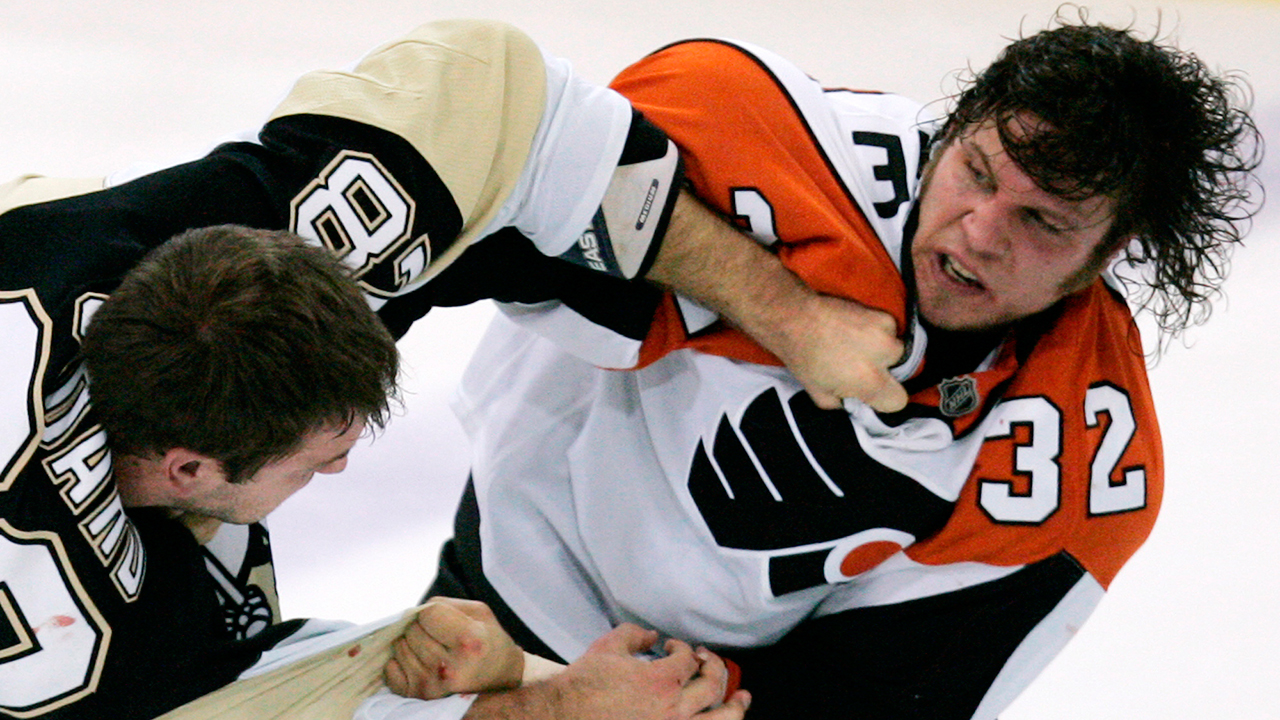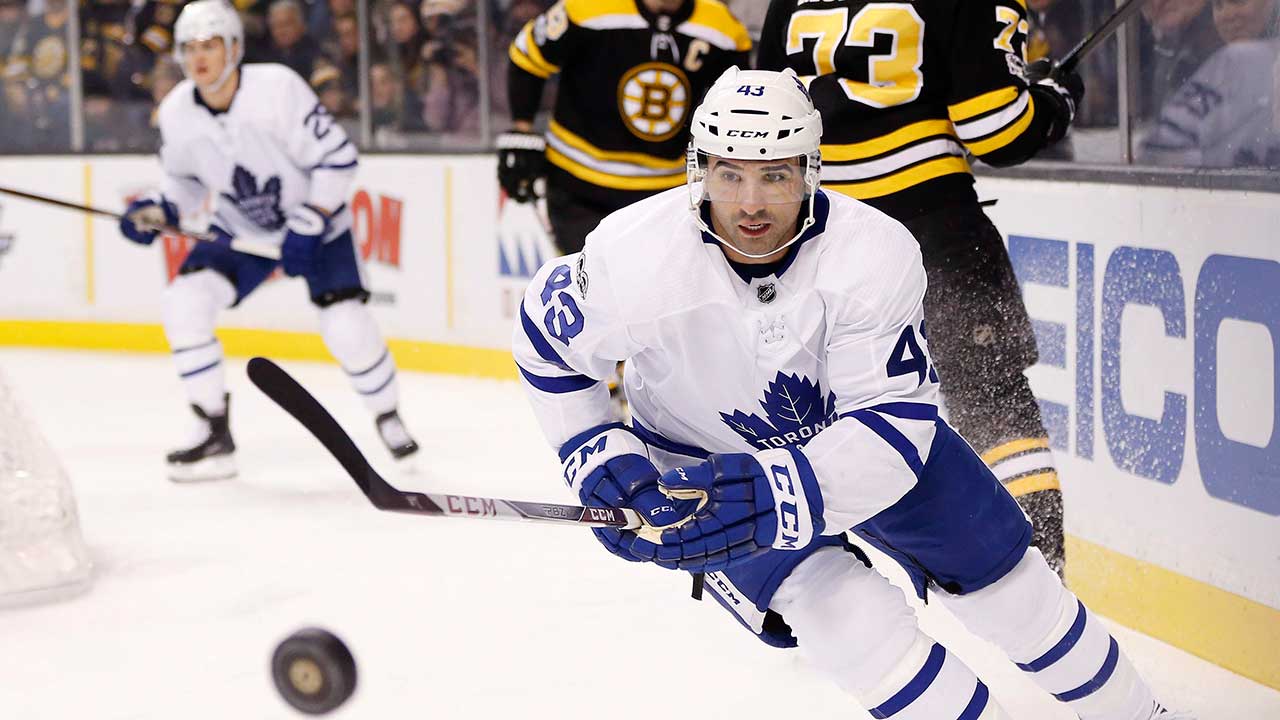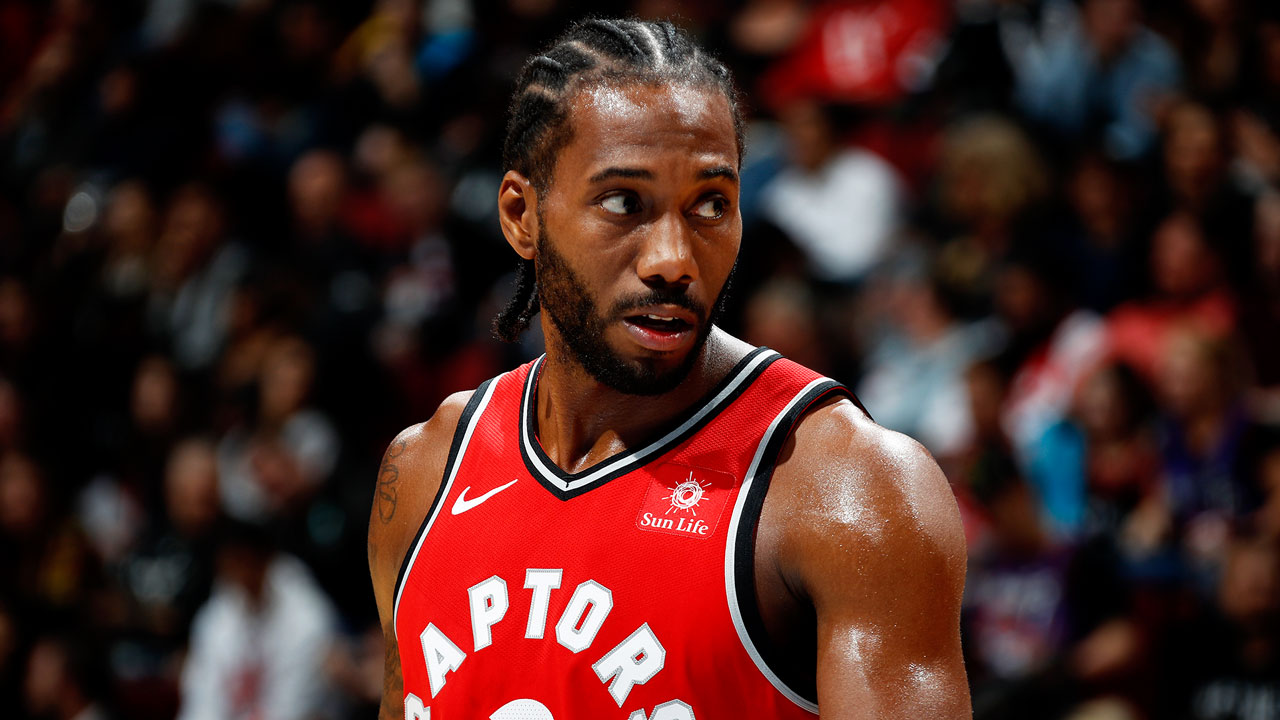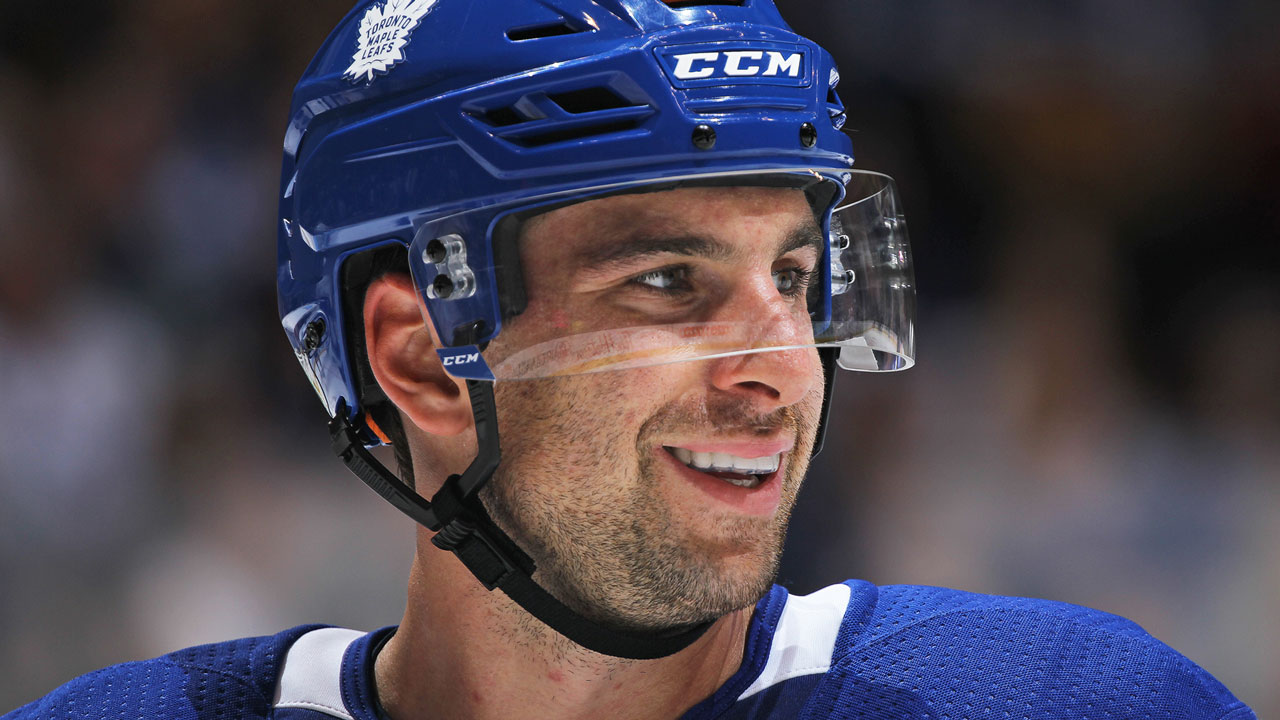Fairly or not, we have an image of the GMs who sit in the executive boxes at NHL games. They’re Old School, as their average age (53.9 years) would suggest. At the high end, there’s the Islanders’ 75-year-old Lou Lamoriello. Almost to a one, they’re defined by their seniority and by the game they came of age in. We think we know their values: They are, by nature, conservative. The irony that their livelihoods in their professional dotage depend on a game that depends on youth is mostly lost on them. They buy into the orthodoxy of the sport. They’re wholly invested in the culture of it.
So, we think, they will look askance at the legalization of marijuana in Canada.
While the debate around marijuana use in hockey is nuanced, my reporting suggests NHL executives’ attitudes are not: Most have a low tolerance for anyone in the game who is even an occasional marijuana user; despite marijuana’s potential utility for pain management and anxiety treatment, at least a few executives want nothing to do with any player who touches the stuff. “If I knew that one of my players was using [marijuana], hell, yes, I would be concerned,” said one GM.
The position of the Old, Old School was articulated by Don Cherry on Hockey Night in Canada years back around the news that snowboarder Ross Rebagliati had been stripped of his 1998 Olympic gold medal: “You start with marijuana, then you go to cocaine, then you go to heroin.”
Current NHL execs wouldn’t go to that extreme, but still consider it stuff that ruins careers, that will derail a star player who gives in to temptation. Okay, it’s not right out of Reefer Madness, but when you’re talking about contracts that pay north of $50 million in total, you can understand why they get alarmed. If your team is counting on building through the draft, tapping an 18-year-old with any known vice that could negatively impact his play is problematic, and marijuana is still mostly seen as one.
This is a virtual consensus among GMs, but not a consensus across the entire business. If you look at those who report to the GMs — the staffers who sit beside them in the executive box or at the draft table, or those out in the field looking at draft eligibles or working with prospects — you’ll sometimes hear a dissenting opinion.
This is the story of how attitudes about marijuana will inevitably become more progressive over time. This is a story told by a guy who has recently left the playing ranks and taken a job in a NHL team’s front office. He’s encouraged by the fact that marijuana is being legalized in Canada, in part because he uses marijuana on a regular basis, just as he did in his playing days. Let’s call him Bud.

Of course, some NHL players have used marijuana and are using it; they do so almost certainly more than the league establishment suspects. The younger staffers know. They played with guys who used drugs. And in fact, some of those sitting beside the GMs in the management box and the war rooms have not only used marijuana but remain regular users of it.
Says Bud, who was in the league for a good long stretch that ended a few seasons ago: “I’d say right now, 60 to 70 per cent of the players in the league smoke marijuana,” he says. “No doubt there are more players now using marijuana regularly than when I first came into the league. And I think there’ll be a greater awareness and understanding and acceptance [of marijuana use].”
Bud’s own use of marijuana was a secret from management when he was a player, but it was common knowledge among his teammates. Call it an open secret. These days, while he’s holding down a job in an NHL front office, while he’s building his resumé for what he hopes is a long career as a team executive, he’s keeping it on the down low from his GM. And from his Assistant GM.
Bud’s marijuana use is known to another exec in the organization; like Bud, a guy not so long removed from his playing days. And like Bud, a guy who smoked weed as a player and might spark one occasionally these days. They’re more discreet about their use now than they were among teammates in the dressing room.
“Legalization [in Canada] isn’t a catalyst or a game-changer,” Bud says. “It is meaningful, though. It’s a step along the way. It’s progress. If attitudes change and minds open with the public, eventually the same will happen around the league.”
This is, of course, a case when, with a show of hands and a stroke of the pen, you can turn about a nation faster than you can change attitudes at a Board of Governors meeting.

NHL executives in the league office and at the franchise level usually try to be progressive on a lot of counts. To their credit, they often are when it comes to marketing, broadcasting and embracing technology. Calls in these realms tend to be easier, I suppose. Some have criticized league and team ops for not acting swiftly and decisively enough in other areas — e.g. what they’re doing to protect players’ brains. Yeah, by establishing concussion protocols, they’ve done something. But when the official line issued by the Commissioner is a measured skepticism, if not denial, about the effects of CTE, at least while class-action court cases loom, you’re free to think they’re not doing enough with haste.
The official line from the league and the players’ association before marijuana’s green dawn in Canada came into effect was, in summary: Marijuana is on the list of substances that are subject to NHL drug testing. Results remain confidential unless a positive test is referred to the players-assistance program. Marijuana is not designated as a performance-enhancing drug, so a positive test result for marijuana does not in itself lead to a suspension.
The practical takeaway: A player smoking a joint a day has almost nothing to worry about. A single positive test for marijuana remains confidential and will not be subject to a follow-up unless it reaches a near-toxic level.
For the NHL’s stated view on all practical matters going forward, simply copy and paste the above. The status quo keeps on status quo-ing. And the league will, of course, tread lightly here; every word will be measured. Teams will refer inquiring minds to the league offices, and in Manhattan every caution will be taken not to hit any legal trip wire.
NHL Deputy Commissioner Bill Day says via email: “We were aware of marijuana legalization (or certainly expected it) when we engaged with the Players’ Association last summer and it was extensively discussed. Obviously, we will see how things play out, but this is by no means catching us by surprise. Ultimately, we will react as we deem necessary and appropriate given the totality of the circumstances.”
Adds NHLPA spokesman Jonathan Weatherdon: “Not really that much changes. [The league and the players’ association] look at the program every year. It’s up for discussion every year. It’s legal in Canada but it remains illegal in the U.S. We’ve educated the players [about the legal implications of marijuana use].”
Daly told the Associated Press earlier this week, that educating the players was important. He added to that for me: “Time will tell, but I’m not expecting a need to re-visit existing League policies in any significant way as a result of this particular change in the legal landscape… We feel our drug testing policies and procedures have been effective in achieving the purposes for which they were implemented.”
With regard to change in the NHL, the decriminalization of marijuana in Canada can only do so much. It’s a matter of common sense and human nature: The longer a system of belief has been in place, the harder it is to change. The majority of GMs are not just Old School, they’re proudly Old School. “I didn’t smoke [marijuana] when I was a player and I don’t think that many guys in the league do now,” one GM says. “I try to know my players as well as I can, but I can’t stick my head in the sand. I don’t doubt some have.”
It’s here that respect for the game, respect for its traditions, passes into a system of belief. But more than many executives may know and more than some likely want to know, attitudes among players and others around the league and organizations are reflecting that of Canadian policy, at least according to Bud. Simply put, the times they are a changin’.

Now, if Bud were to speak directly and forthrightly to the GMs to inform them about widespread use of marijuana in the game and reassure them that it doesn’t have a deleterious effect, I’m sure he’d not only alarm them, but send them directly to the liquor cabinet.
Bud begins with what he considers an instructive parable (though it’s possibly an apocryphal one) about wisely chosen vices drawn from another sport: “There’s the story of Michael Jordan telling a teammate, ‘You better get used to smoking pot because you’re not going to last in the league drinking.’”
Bud continues: “The players are going to do something — you have to be realistic. They’re going to look out there for an escape. Drinking has been part of our social fabric for thousands of years. It’s been accepted behavior [within reasonable limits] for thousands of years. And it’s been glamourized in sports culture and hockey culture. I was a drinker when I was young. I started drinking when I was playing at 14 or 15, when my teammates were three and four years older than me or more. You get to a point where you can’t wake up the next morning. I know what it was like to drink ’til two in the morning. I did that going back to when I was 18.
“Just for daily function and being able to connect mentally, emotionally and physically to whatever you have to do in the morning on a daily basis, whether it’s doing a job or sports, I think it’s healthier [to use marijuana].”
This week the NHL’s brightest star chimed in on the potential benefits as well: “I say this more talking about the CBD side of it, obviously: You’d be stupid to at least not look into it,” Connor McDavid told the Associated Press. “You don’t want to be taking pain stuff and taking Advil all the time… You’re seeing a lot of really smart doctors look into it. If all the boxes are checked and it’s safe and everything, then I think you would maybe want to hear them out.”
Not surprisingly, Bud can rhyme off names of former teammates who struggled with alcohol and prescription drugs. A few underwent league-mandated treatment for substance-abuse issues. “I played with guys who had problems with alcohol, with pain-killers, opiates and Ambien, but I never played with anyone whose use of pot became a detriment to his career or his life outside the arena,” Bud says.
After a few seasons in the NHL, Bud sought out independent medical advice because he was worried about his history of concussions and his post-career brain health. The doctor, not affiliated with a team or the league, asked Bud if he drank or did drugs. Bud wasn’t sure what the doctor’s response was going to be when he told him he smoked marijuana. “He told me that was a right choice and to keep doing it if that [was the choice],” Bud says.
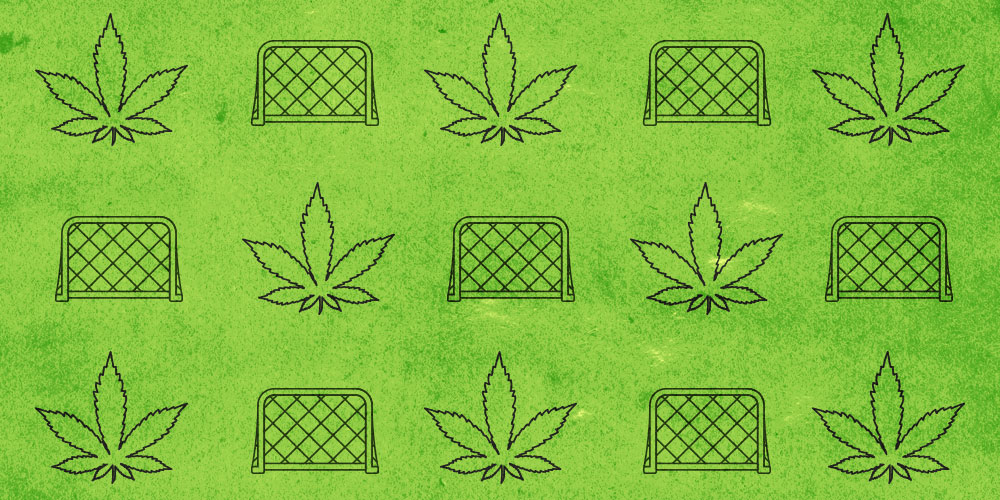
On these matters, you can consider the expert opinion of Riley Cote. Cote is not a medical professional. In his eight-year professional career, he played in 156 NHL games, all with the Philadelphia Flyers. After retiring in 2010, Cote coached in the Flyers’ system. He later co-founded Athletes for CARE, which, according to its website, is “an organization founded by former professional athletes who are uniting as one voice to advocate for research, education, and compassion when addressing important health issues facing athletes and the public.”
Like Bud, Cote says that he never met a player whose life or career was adversely affected by marijuana use. Today he’s also almost evangelical about marijuana, which he describes as “the gateway to wellness.” He decries “self-medicating with alcohol” and the use and abuse of “unsustainable drugs such as painkillers, muscle relaxants and sleeping pills.”
Cote suggests that the players are out in front of the league and management when it comes to understanding the potential benefits of marijuana. “For pain management, managing stress, performance anxiety and sleep, and 20 other good reasons, teams would be smart to be proactive [on the use of marijuana] and look to it as a tool they can use to support their players,” he says. “Marijuana is a high-end anti-inflammatory and it can be used as such. We’re trying to calm the central nervous system and promote rest and recovery. That’s why athletes are gravitating towards cannabis or cannabis-based products, whether it’s non-psychoactive cannabinoids [CBD] or even those that contain THC. THC is a healing component as well. What should be taught [to players] is responsible cannabis use.”
That was the case for Bud. “I have an ADD component to my make-up,” he says. “I’m amazed by how many players in the league have that, too. I think there’s a whole lot of undiagnosed ADD cases in NHL dressing rooms. I don’t know what [the correlation] is between the game and ADD. On the bench, your senses are overloaded. The game is moving so fast. You’re focused on the game all day long, in practice, video, in games. What I do know is that pot helped me tone down in terms of agitation, a mental break. Did it give me some relief from stress and help me sleep and cope? For sure. I didn’t go into it for [self-medication], but that’s what it became.”
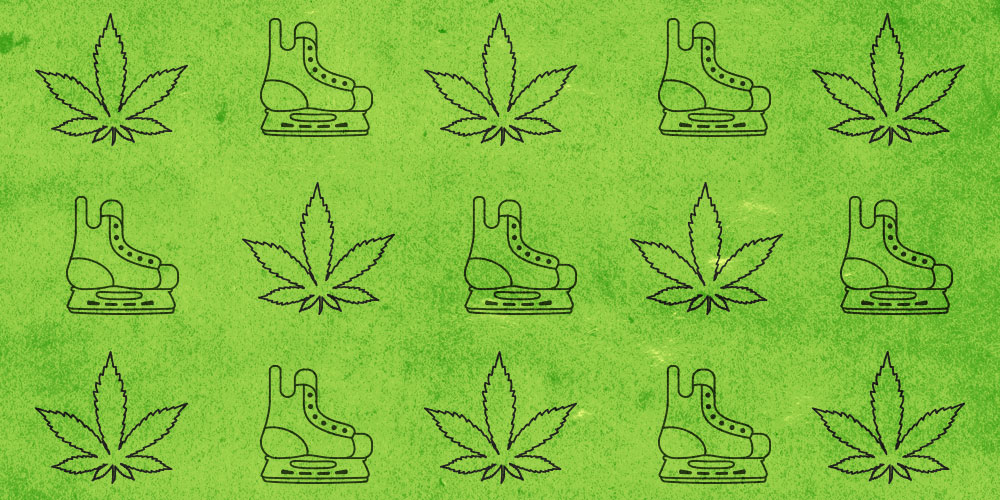
Though Cote talks about marijuana use openly and Bud will if his identity is protected, it’s not a conversation that people around the game have much enthusiasm for. If you raise the topic of marijuana with players just out of the game, even off the record, you’ll find them recalcitrant. Says one: “I’m sure that some use. I’m not going to get into the numbers. What they do on their own time is their own business. It is one of those ‘What happens in the room stays in the room.’ Do I know anyone who has used [marijuana] to the point that it was a problem? No.”
Read this into players’ reluctance: Though there might not be a stigma attached to marijuana use by teammates, there remains the fear of stigma. If it doesn’t bite them while they’re playing, it might down the line when they’re looking for a job as a coach or in management. Says one NHL exec: “That you came out advocating for marijuana use might not be something you include in the cover letter if you’re applying for [a job in an NHL organization]. And if someone working for a team came out in favour [of marijuana use] probably nothing would be said at the time, but the GM wouldn’t be re-signing him.”
For this reason, Bud asked for his name and any telling clues about his personal history to be withheld here: He likes his job and wants to keep it. Bud sees the Canadian legislation as a normalizing factor for attitudes about marijuana, a case of law on the books catching up to society in the broad strokes.
Even though the drug-testing policy that the NHL implemented through negotiation with the NHLPA gives players far more latitude than in the other major professional sports leagues, Bud believes that management with his organization and others in the loop largely lag behind the broad public acceptance.
“Our organization doesn’t really have a policy about marijuana, not with our players [under contract], not with scouting,” he says. “It’s just an honest conversation that you have to have with the players at some point. The old school isn’t ready for that conversation and might never be, but the time is coming when there’s [generational] change. When players who are in the league now or have only been out of it a few seasons, when they’re GMs [or] AGMs and feel secure, then we’ll see a real shift in attitudes.”
If that conversation ever starts, Bud wants his GM to understand one key thing: “There’s no way of knowing who does and who doesn’t [use marijuana],” Bud says. “No one outside my circle of friends knows, and when I’ve let someone know, they tell me that they never suspected. When I socialize with my friends, some are doctors and lawyers and professionals and you’d have no idea. And that’s how it is with players. You have the persona of potheads based on Dazed and Confused, but those days are over.”
Editing by Craig Battle, John Grigg and Evan Rosser

